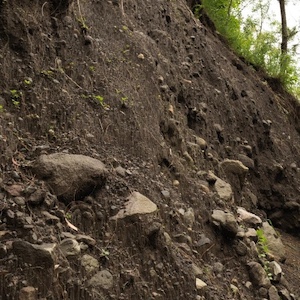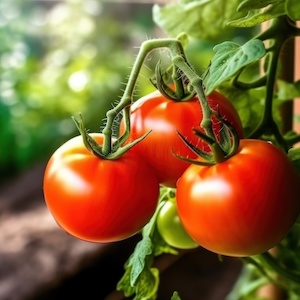Comparative analysis of 2D and 3D vineyard yield prediction system using artificial intelligence
All claims expressed in this article are solely those of the authors and do not necessarily represent those of their affiliated organizations, or those of the publisher, the editors and the reviewers. Any product that may be evaluated in this article or claim that may be made by its manufacturer is not guaranteed or endorsed by the publisher.
Authors
Traditional techniques for estimating the weight of clusters in a winery, generally consist of manually counting the variety of clusters per vine, and scaling by means of the entire variety of vines. This method can be arduous, and costly, and its accuracy depends on the scale of the sample. To overcome these problems, hybrid approaches of computer vision, deep learning (DL), and machine learning (ML) based vineyard yield prediction systems are proposed. Self-prepared datasets are used for comparative analysis of 2D and 3D yield prediction systems for vineyards. DL-based approach for segmentation operation on an RGB-D image dataset created with the D435I camera is used along with the ML-based weight prediction technique of grape clusters present in the single image using these datasets. A comparative analysis of the DL-based Keras regression model and various ML-based regression models for the weight prediction task is taken into account, and finally, a prediction model is proposed to estimate the yield of the entire vineyard. The analysis shows improved performance with the 3D vineyard yield prediction system compared to the 2D vineyard yield prediction system with grape cluster segmentation pixel accuracy up to 94.81% and yield prediction accuracy up to 99.58%.
How to Cite

This work is licensed under a Creative Commons Attribution-NonCommercial 4.0 International License.














